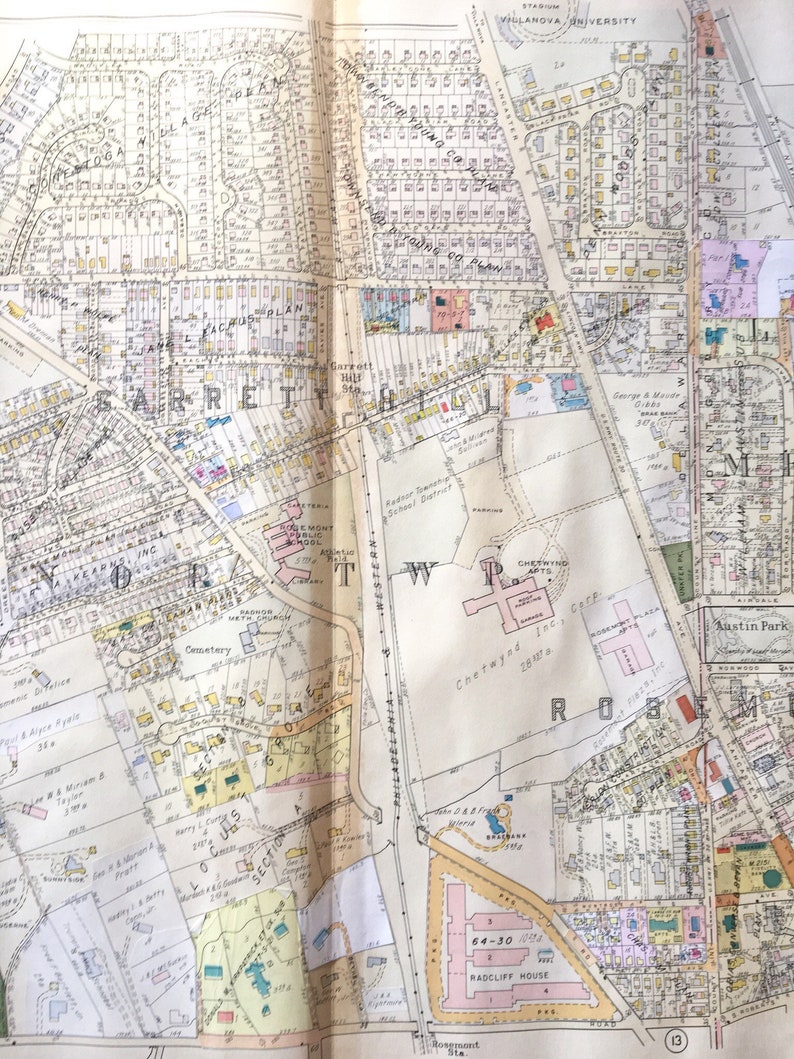

Males had a median income of $38,135 versus $23,793 for females. The median income for a household in the MSA was $42,805, and the median income for a family was $50,756. Hispanic or Latino of any race were 1.52% of the population. The racial makeup of the MSA was 88.54% White, 8.40% African American, 0.23% Native American, 1.05% Asian, 0.02% Pacific Islander, 0.59% from other races, and 1.18% from two or more races. Peoria (Marshall, Peoria, Stark, Tazewell Fulton and Woodford counties)Īs of the census of 2020, there were 402,391 people within the MSA.US Census Bureau integrated the previous Canton Statistical Area into the Peoria MSA, therefore now the CSA is now longer in existence. As of the 2000 Census, the CSA had a population of 405,149 (though a Jestimate placed the population at 412,517). The statistical area includes one metropolitan area and one micropolitan area. The Peoria– Canton Combined Statistical Area was made up of six counties in central Illinois. Places with more than 100,000 inhabitants Places with fewer than 1,000 inhabitants.Places with 2,500 to 10,000 inhabitants.

Places with 10,000 to 40,000 inhabitants.Places with more than 100,000 inhabitants.The City of Peoria, according to the 2020 US Census Bureau, has 113,150 people. As of the 2020 census, the MSA had a population of 402,391. The Peoria Metropolitan Statistical Area, as defined by the United States Census Bureau, is an area consisting of six counties in Central Illinois, anchored by the city of Peoria. Geographic area around Peoria, Illinois Map of Illinois highlighting the Peoria Metropolitan Statistical Area.


 0 kommentar(er)
0 kommentar(er)
